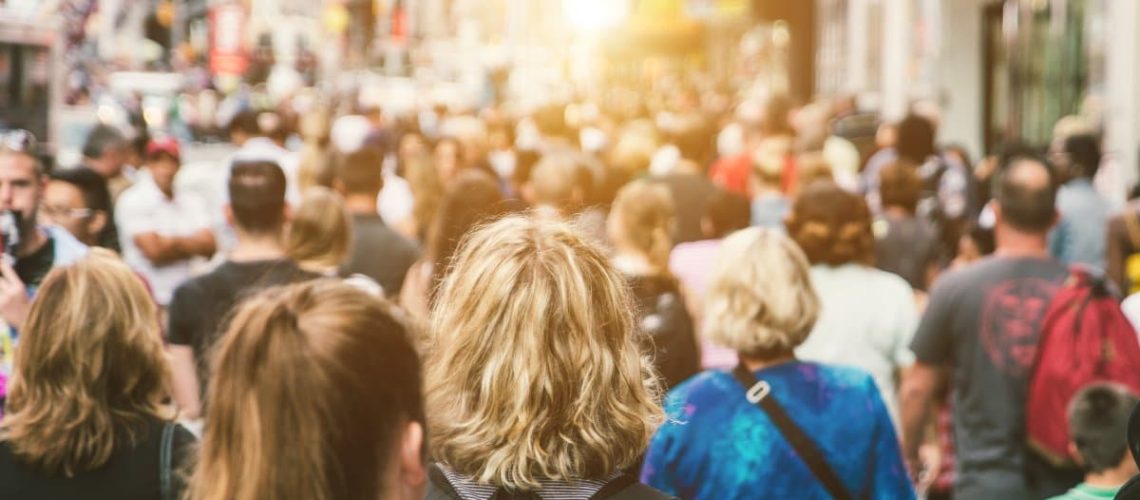America’s booming population brings along a host of critical issues that could hit close to home. Ever wondered how the rising numbers affect your daily life, from traffic jams to the cost of living? Here’s a look at how this population explosion is shaping your world.
1. Overcrowded Cities
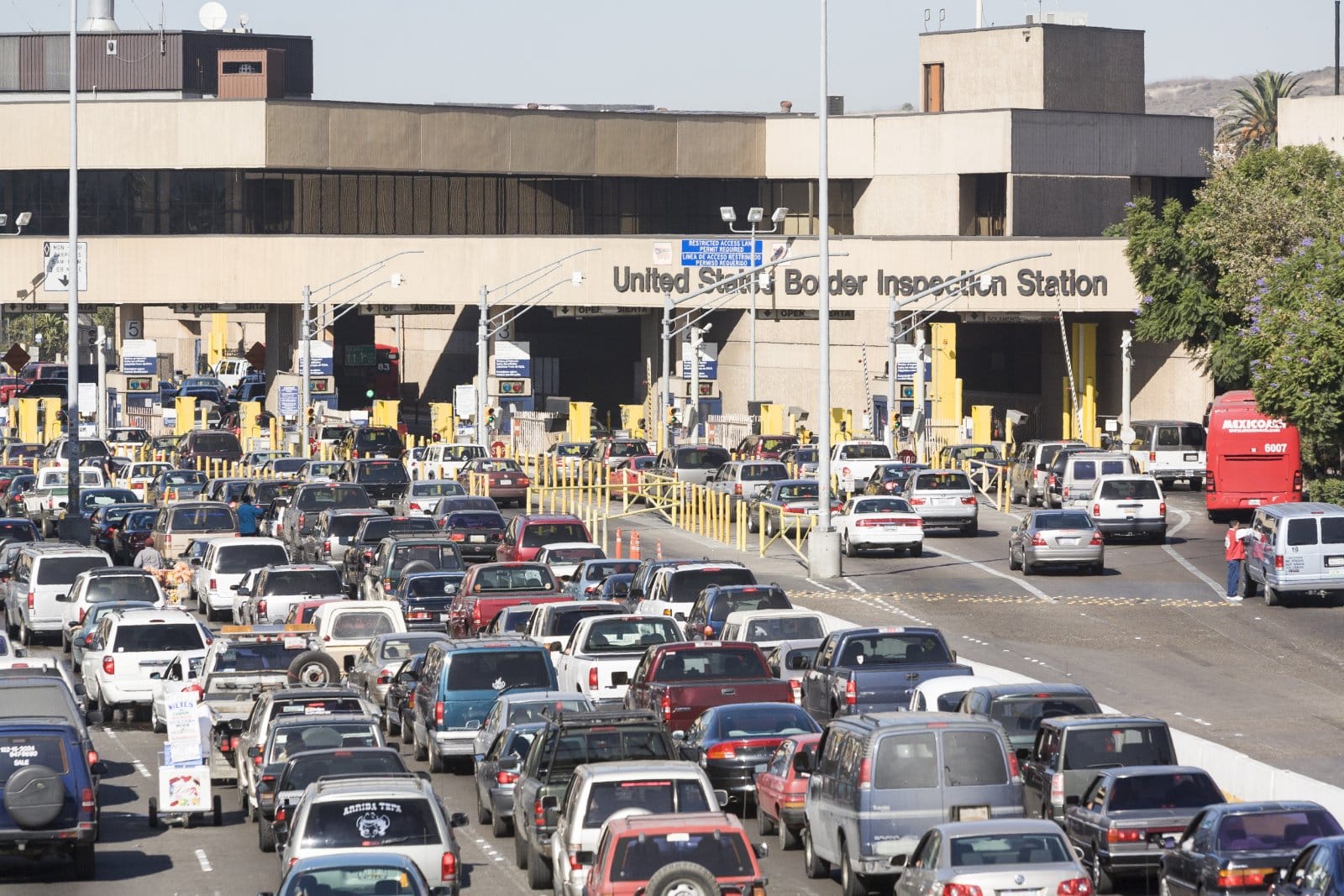
Urban areas are choking on their own growth, causing serious congestion. For instance, Los Angeles drivers are now stuck in traffic for over 119 hours a year (INRIX, 2023). With cities like New York and Houston growing by over 20% in just a decade, you can expect your commute to get even worse.
2. Housing Shortages
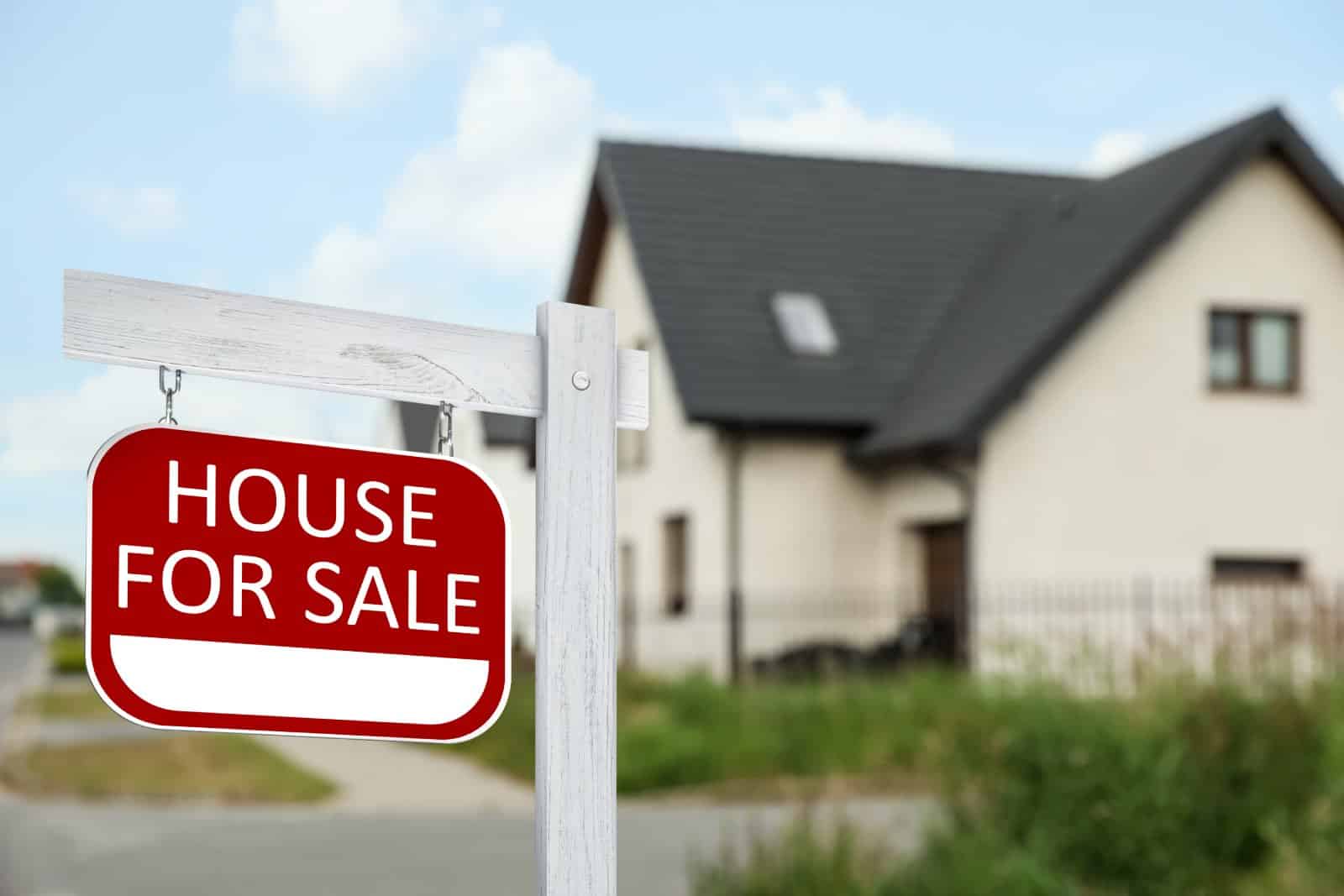
The real estate market is feeling the strain, with housing prices skyrocketing. In San Francisco, the median home price has soared to $1.6 million, a 45% increase over the last ten years. Nationwide, there’s a shortage of 3.8 million homes, making it harder for most to find affordable housing.
3. Environmental Degradation
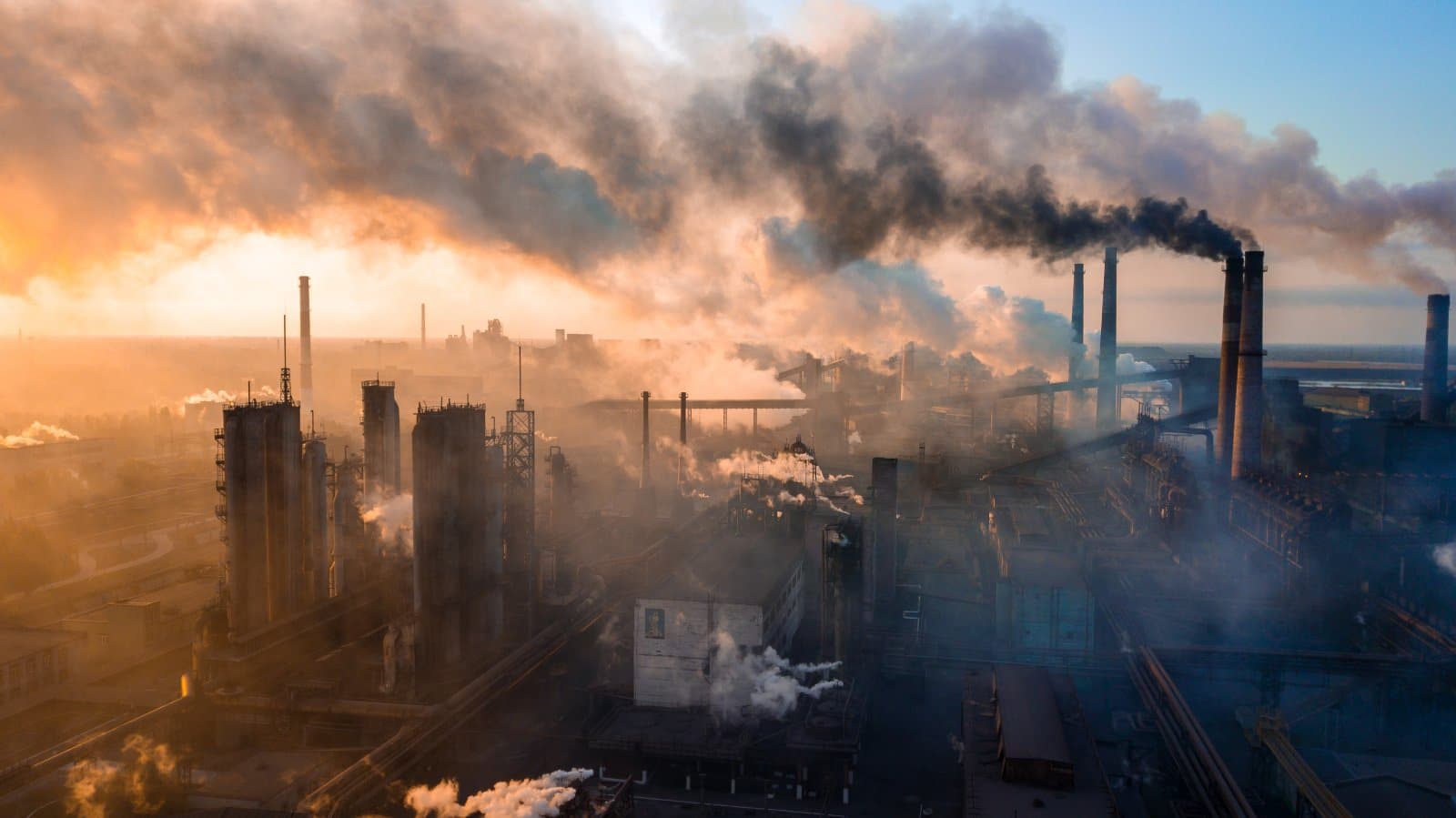
More people mean more environmental problems. Urban sprawl has increased land covered by impervious surfaces by 15% in the last 20 years. Wildlife populations have plummeted by 68% since 1970 due to human activity.
4. Strain on Healthcare Systems
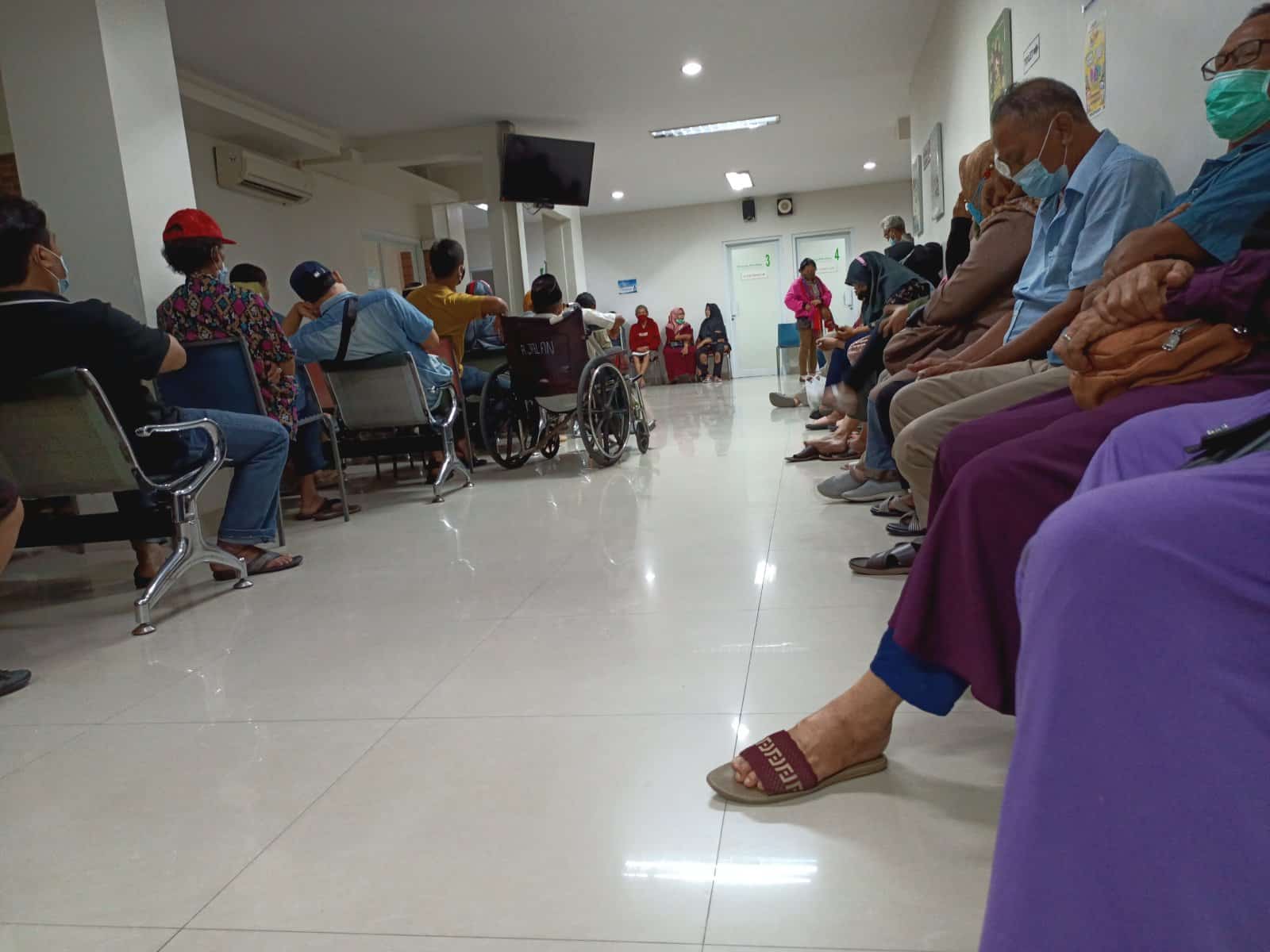
Healthcare is struggling to keep pace with the growing population. The average wait time for a primary care appointment has stretched to 24 days nationwide. With health expenditures hitting over $4.5 trillion annually, the pressure on medical services is immense.
5. Educational Challenges

Schools are getting overcrowded, impacting the quality of education. The student-to-teacher ratio has increased to 16:1, up from 14:1 a decade ago. Class sizes have grown by an average of 10 students in the past five years, stretching teachers thin.
6. Water Scarcity
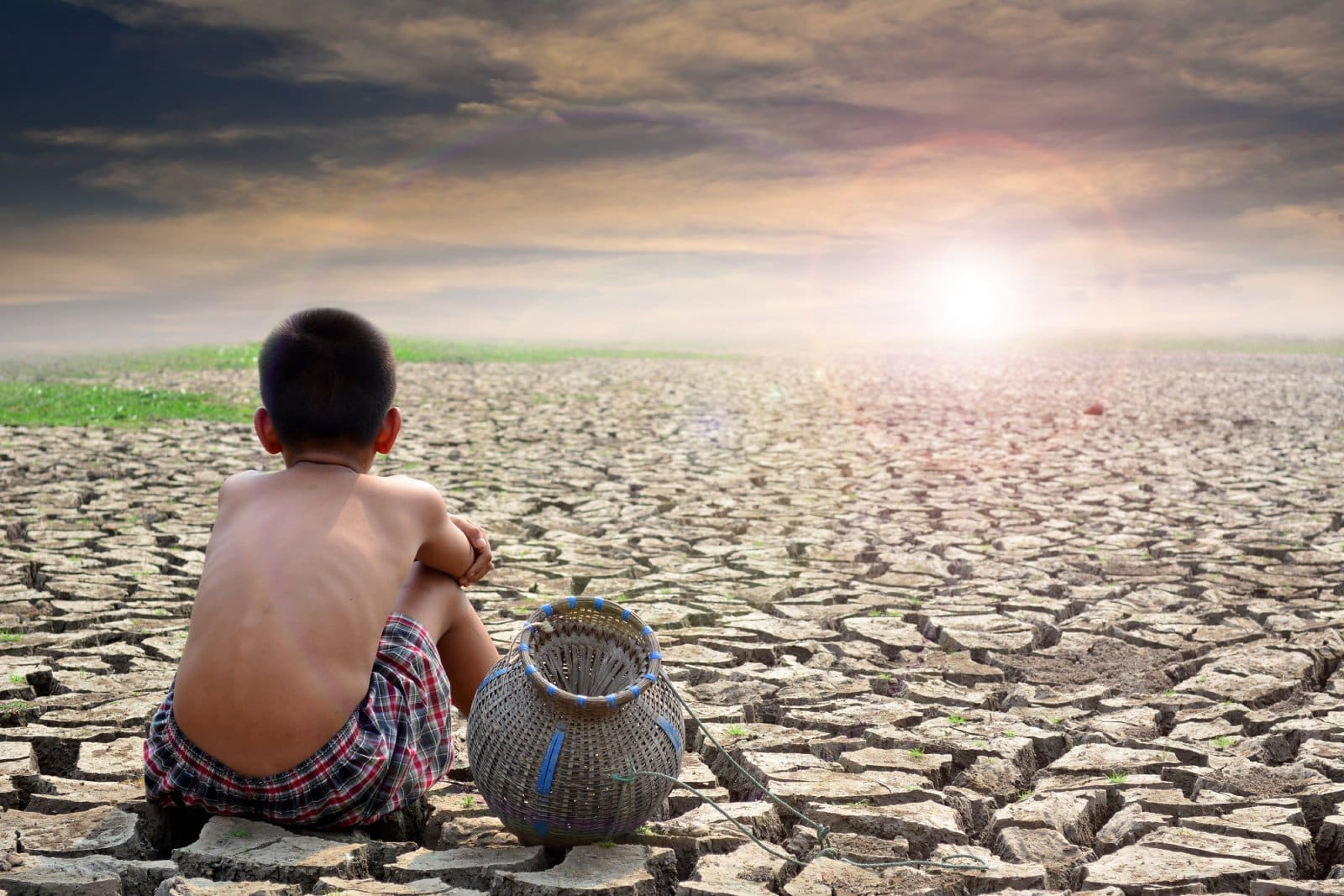
Growing populations are pushing water resources to their limits. In California, over 40% of the state is in severe drought conditions due to increased water usage. The global water demand is set to exceed supply by 40% by 2030.
7. Increased Waste Production
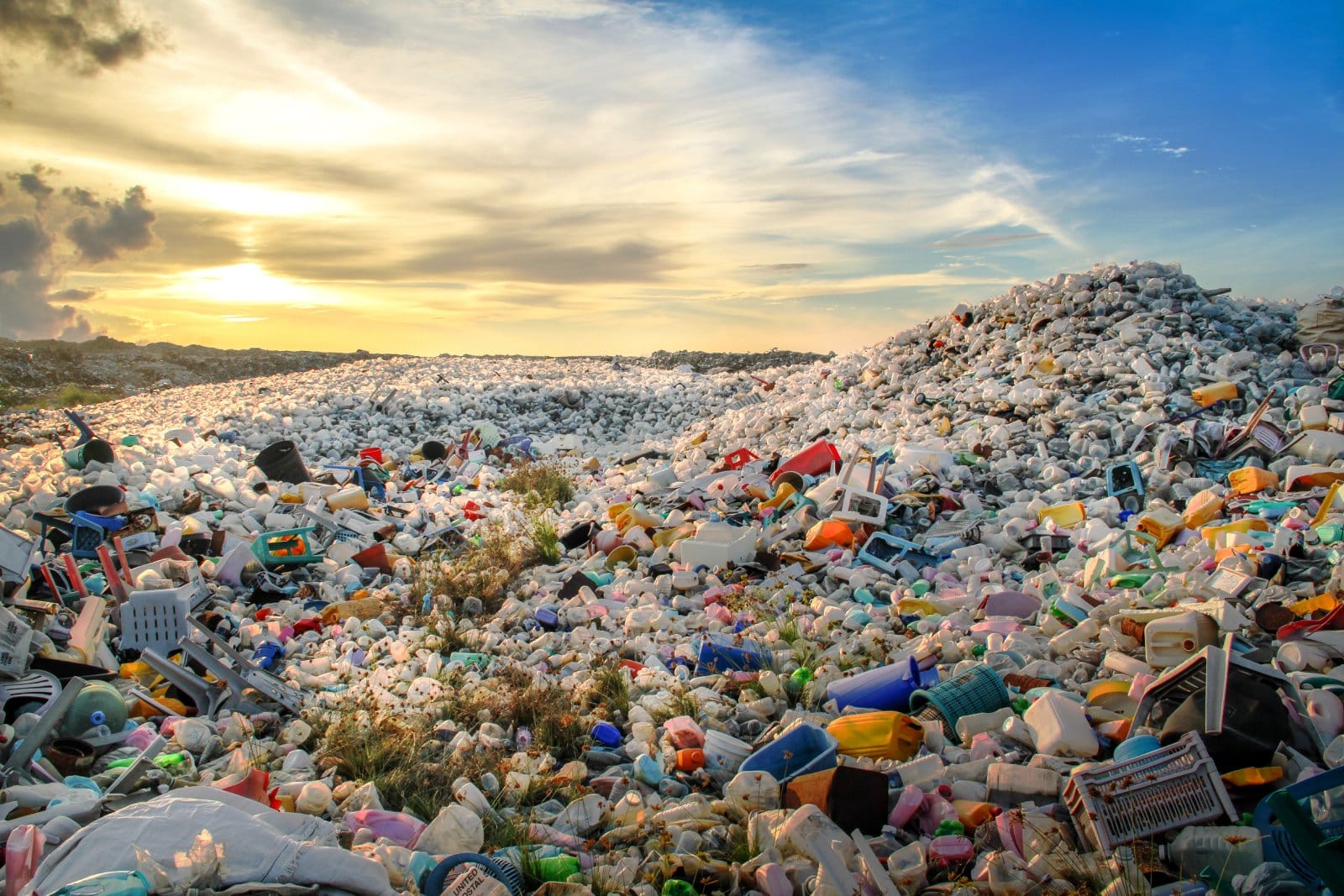
More people means more waste, and landfills are filling up fast. Municipal solid waste generation in the U.S. has surged by 60% over the past 30 years. With landfill capacity expected to be exhausted within 18 years, waste management is a growing crisis.
8. Food Security Issues
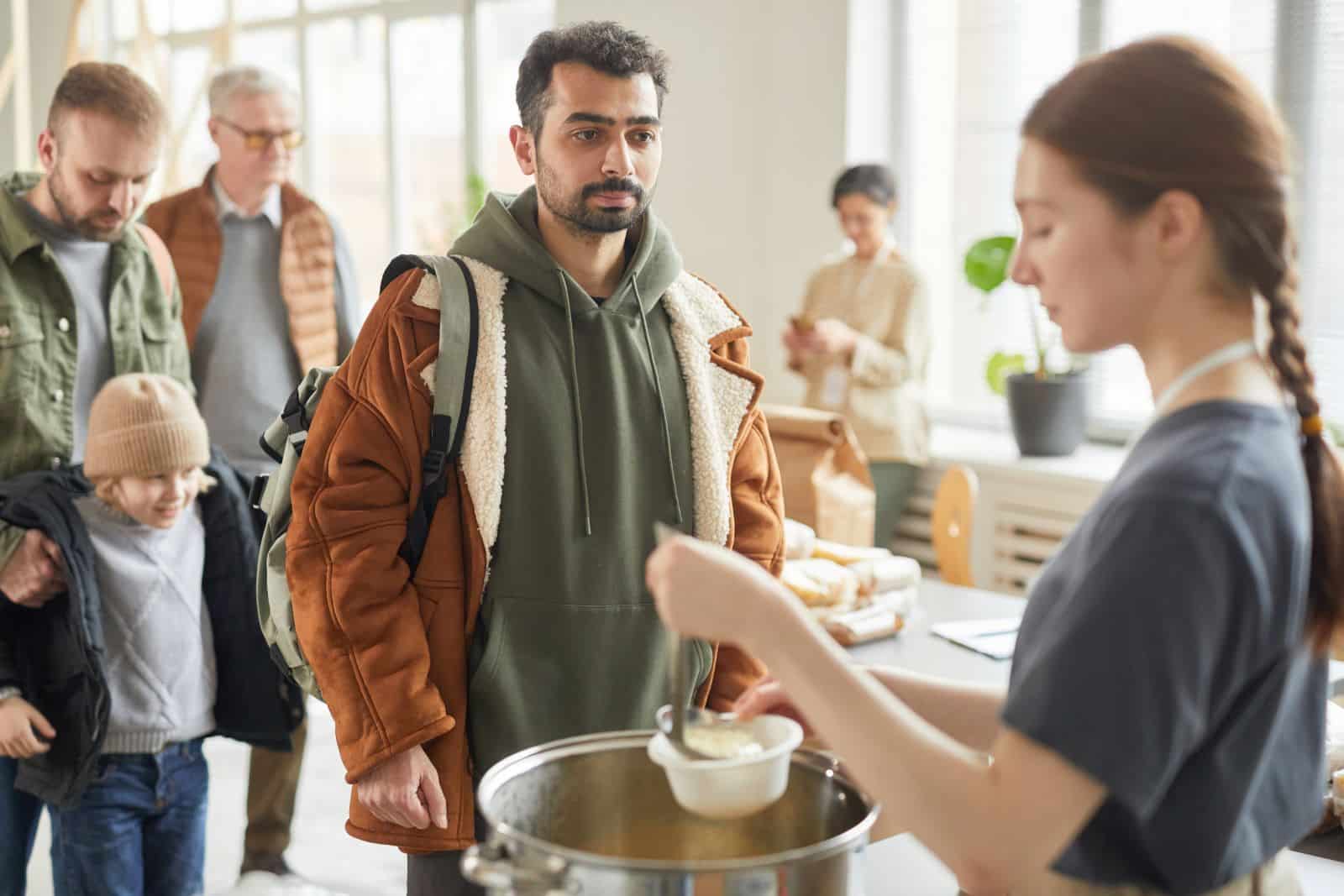
The strain on food systems is becoming more pronounced. The Food and Agriculture Organization reports that 821 million people are undernourished, a figure worsening with population growth. U.S. food prices have risen by 8% in the past year, driven by increased demand and supply chain issues.
9. Energy Demands
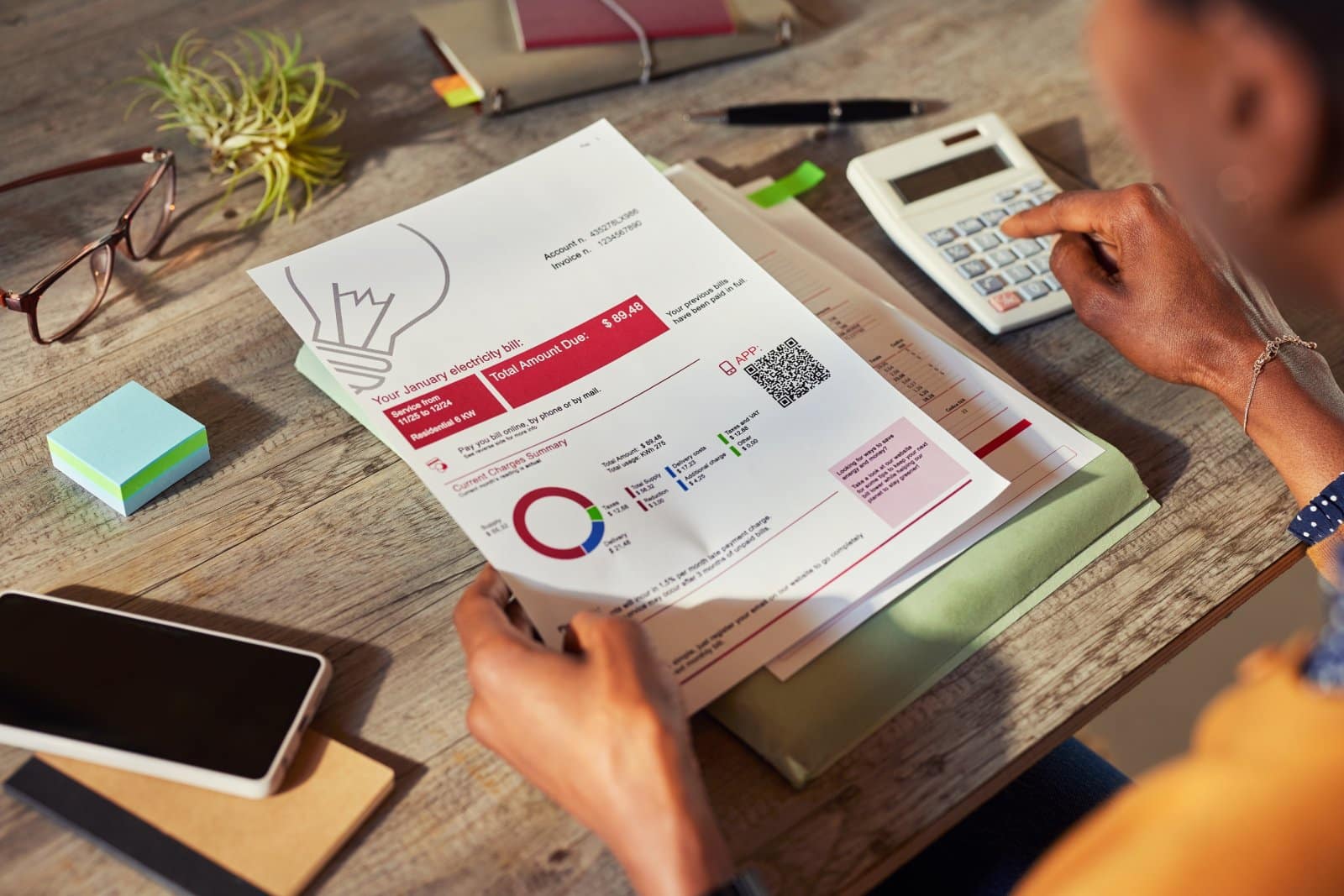
The rising population is pushing energy infrastructure to its breaking point. U.S. energy consumption has climbed by 5% over the past decade, with further increases expected. Energy prices are projected to rise by 20% in the next five years as demand continues to outpace supply.
10. Economic Inequality

Population growth is widening the economic divide. The top 1% of U.S. households now control 32% of the nation’s wealth, up from 30% last year. Low-income households are increasingly strained by rising living costs, further exacerbating economic inequality.
11. Transportation Bottlenecks
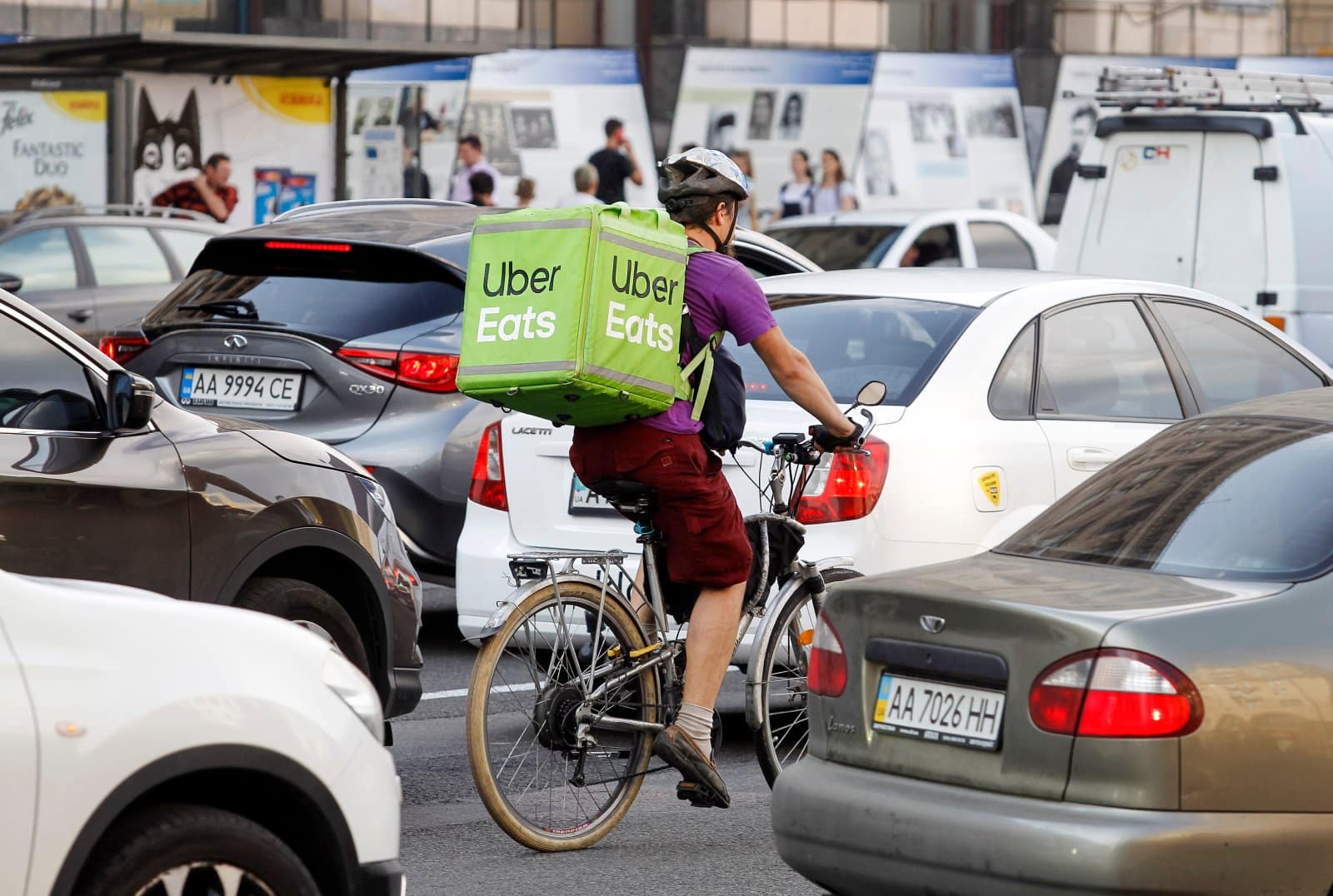
Transportation systems are buckling under increased demand. Traffic congestion costs Americans around $160 billion annually in lost productivity and wasted fuel. With only 30% of planned infrastructure upgrades completed on time, expect your commute to remain a nightmare.
12. Social Services Pressure
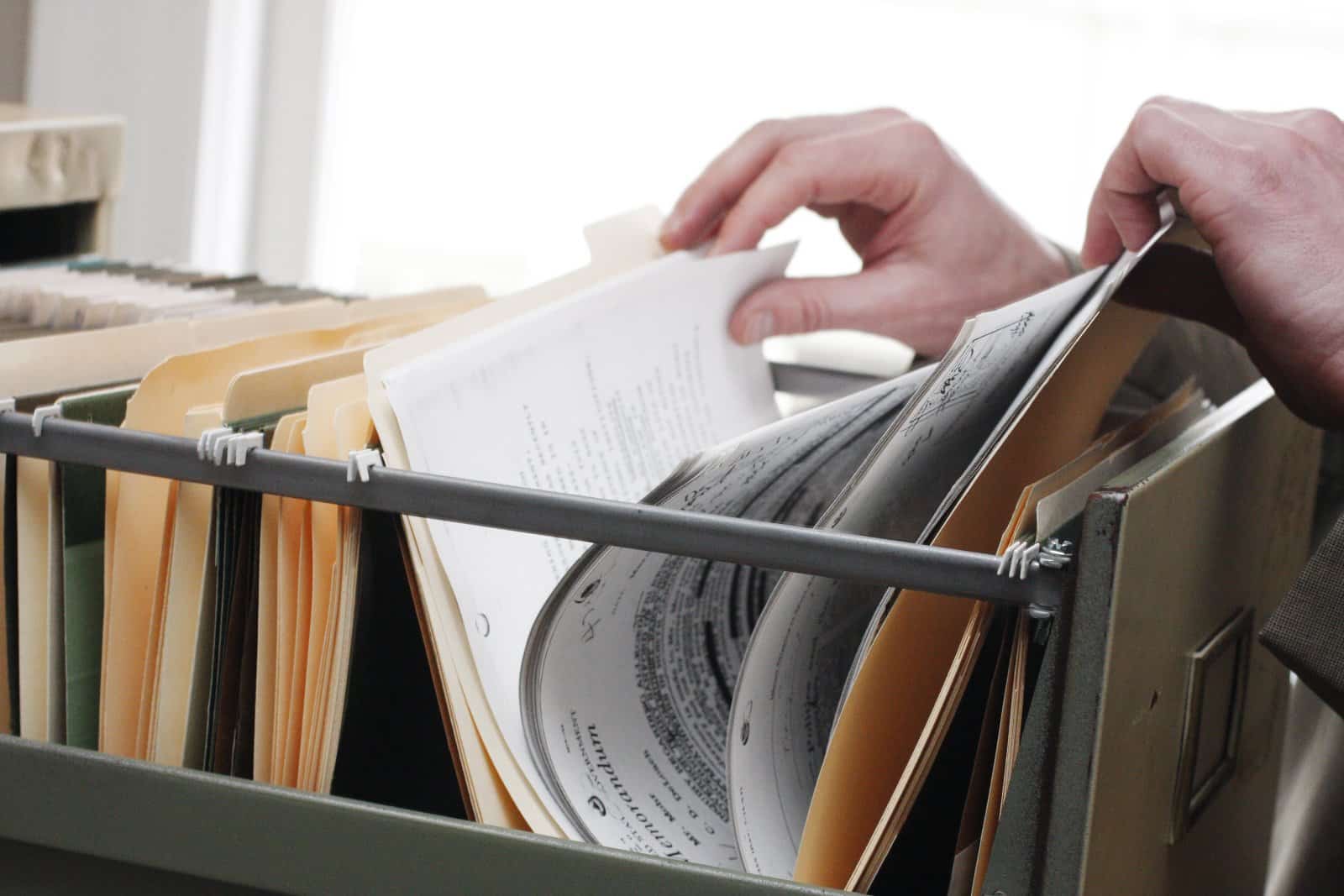
Social services are swamped as demand skyrockets. Public assistance programs have seen a 25% increase in applications over the past five years. The increased strain can lead to reduced support for those who need it most.
13. Urban Heat Island Effect
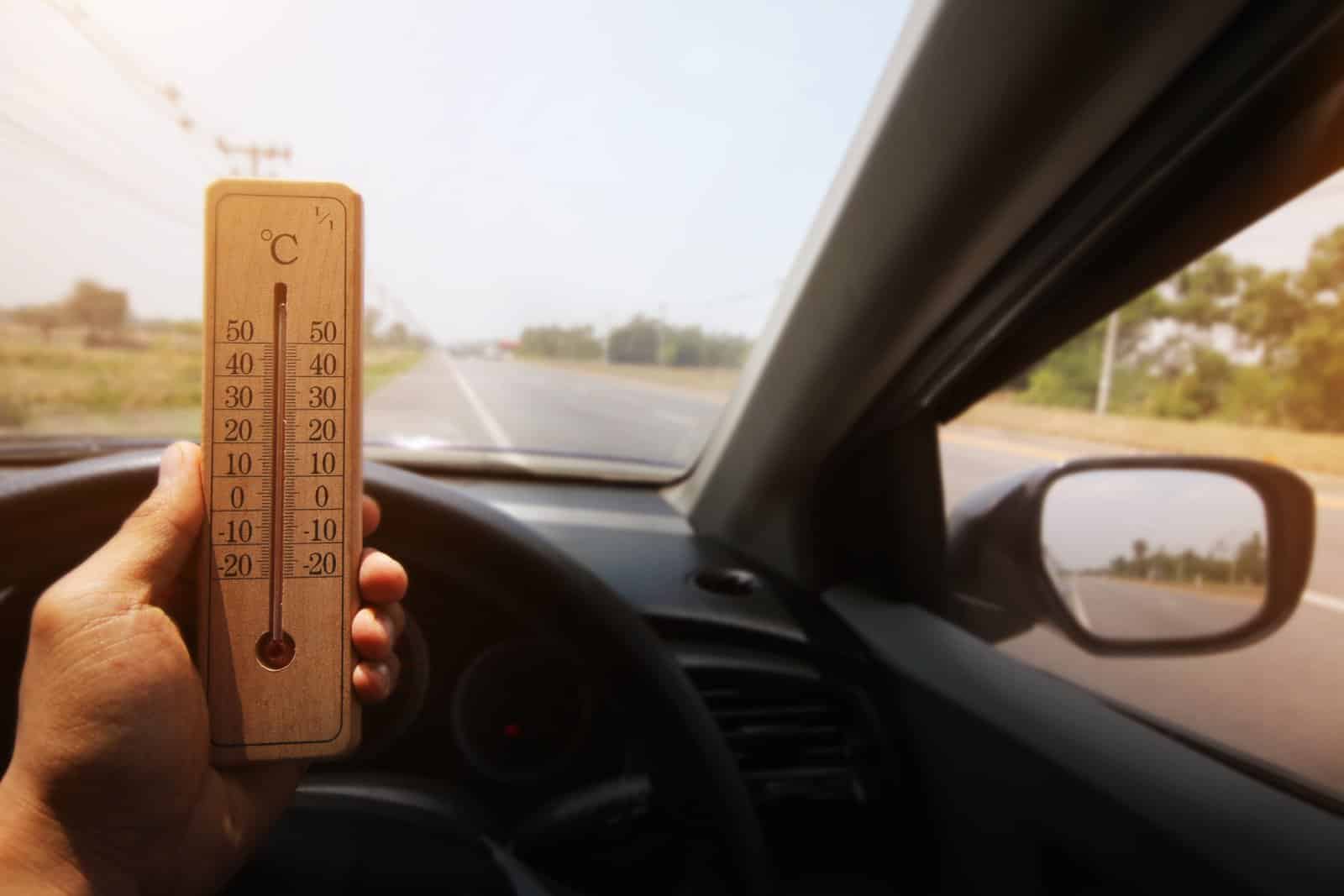
Cities are heating up faster than rural areas. For example, Phoenix experiences temperatures up to 7°F higher than nearby rural regions due to the urban heat island effect. This contributes to higher energy consumption and worsens health risks.
14. Public Safety Concerns
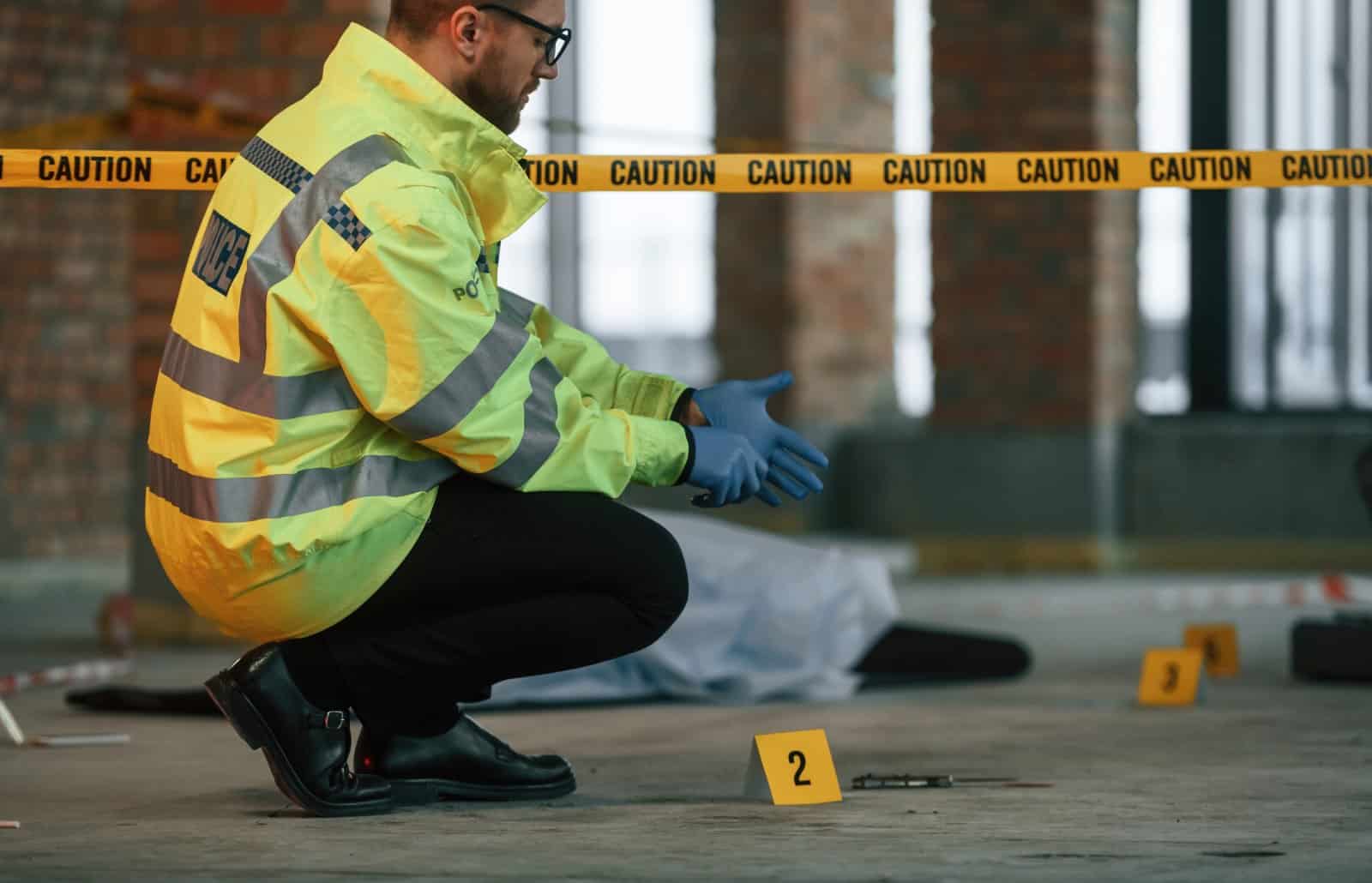
Increasing populations often lead to rising crime rates. Violent crime rates in major cities have surged by 8% over the past year. Law enforcement agencies are struggling to keep up with the growing demand for services.
15. Mental Health Strain
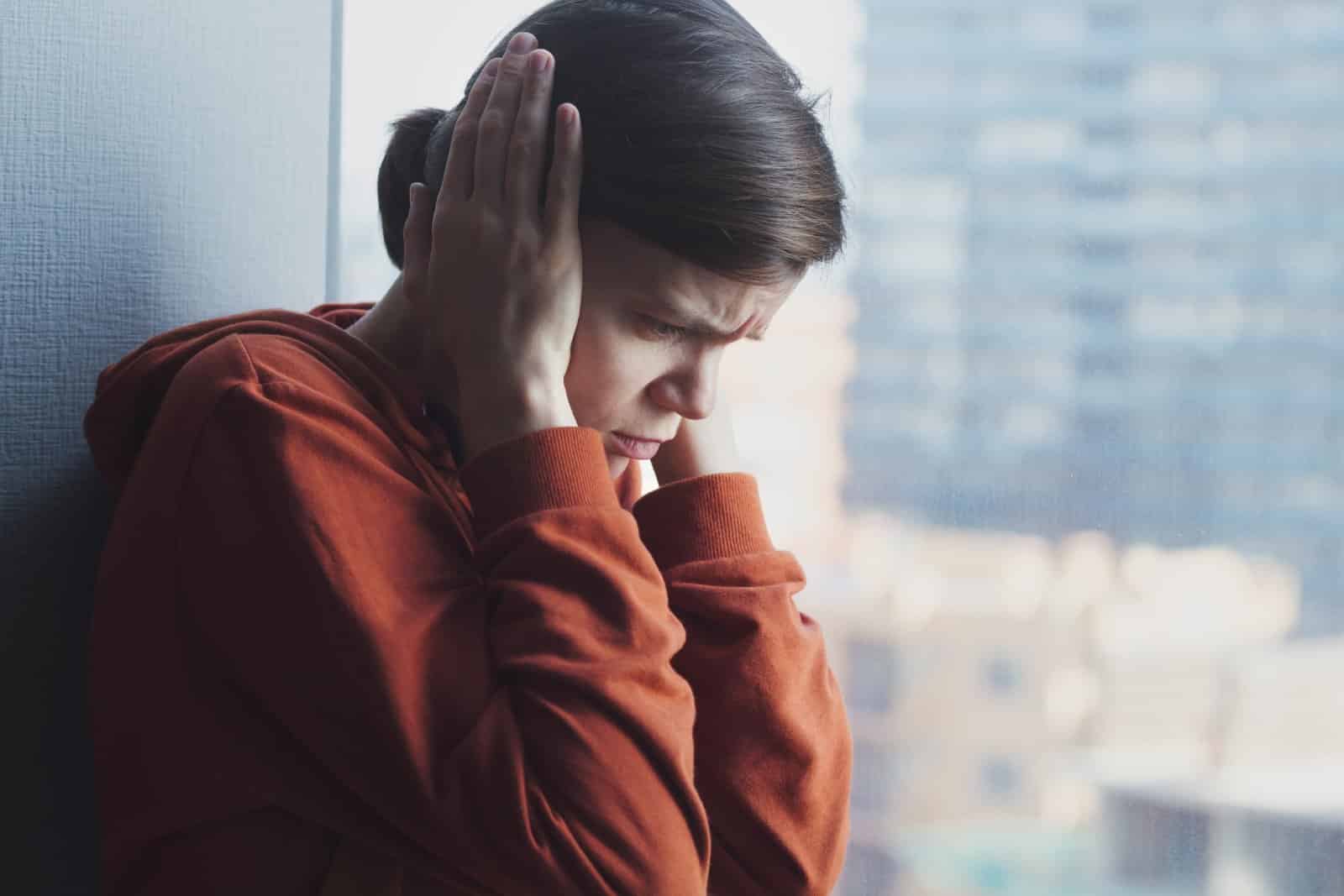
The rise in population density is taking a toll on mental health. The National Institute of Mental Health reports a 15% increase in anxiety and depression rates in urban areas over the past decade. Crowded living conditions and heightened competition for resources are major stress factors.
16. Cultural Tensions

Population growth can intensify cultural and social conflicts. Reports show a 12% increase in community conflicts in diverse urban areas over the past five years. Managing integration and social cohesion is becoming increasingly difficult.
17. Depletion of Natural Resources
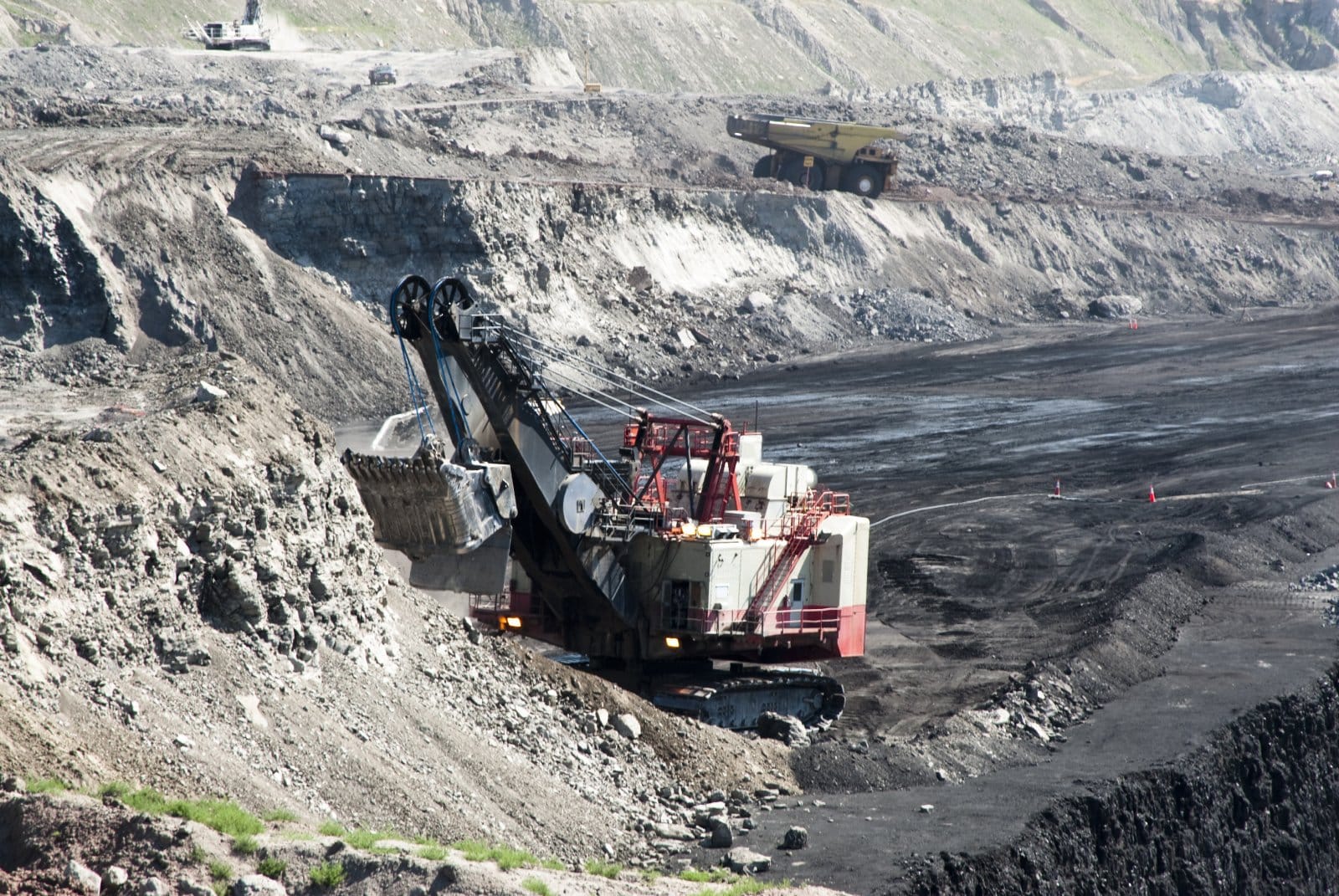
The surge in population is accelerating resource depletion. Fossil fuel reserves are being used up faster than anticipated, with global oil reserves projected to last less than 50 years at current rates. The demand for minerals and metals is also rising, impacting long-term resource availability.
18. Increased Pollution Levels
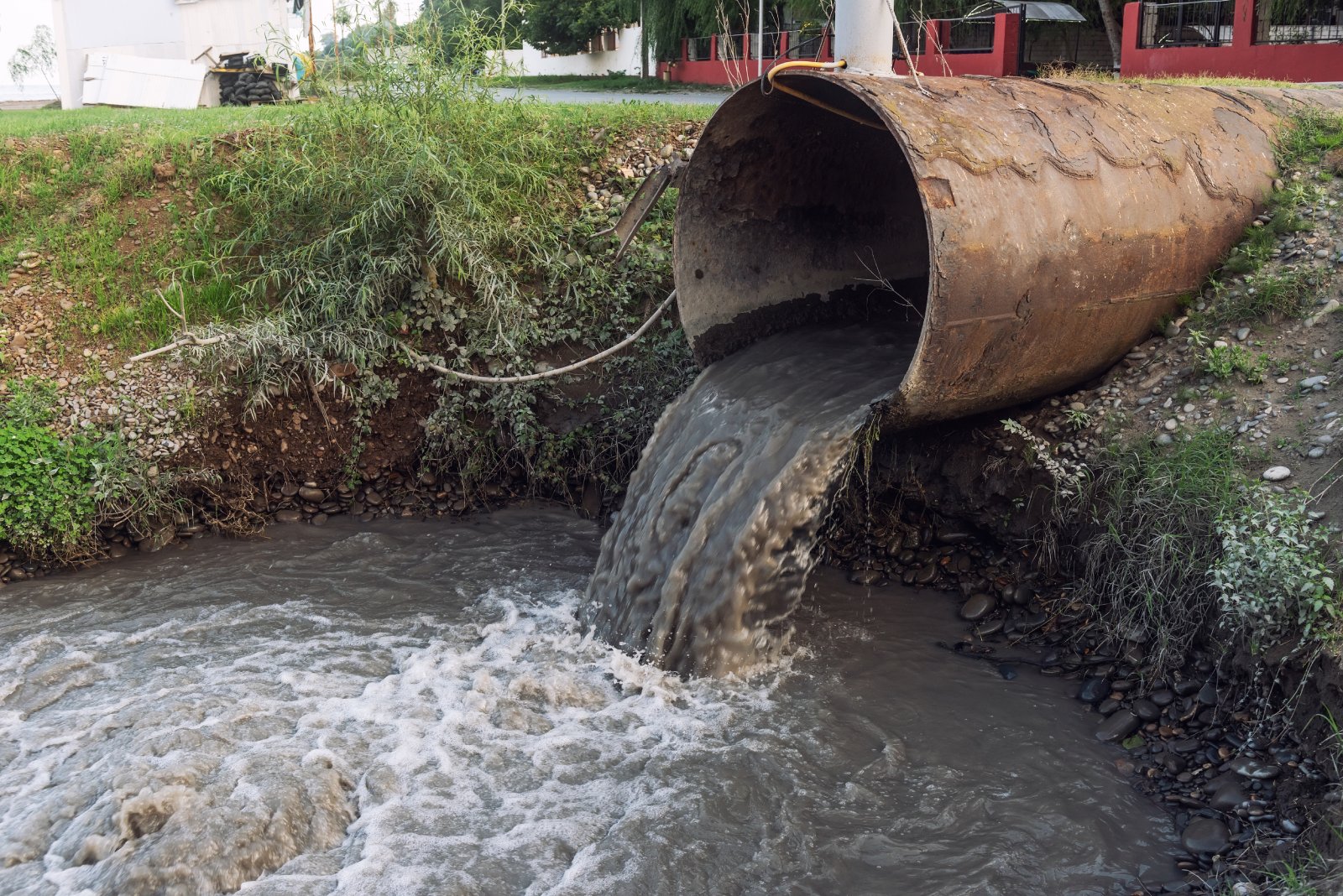
Population growth is driving up pollution levels, affecting air and water quality. Air pollution-related deaths have increased by 20% in the past decade. The health impacts of this pollution are becoming increasingly severe.
19. Infrastructural Wear and Tear
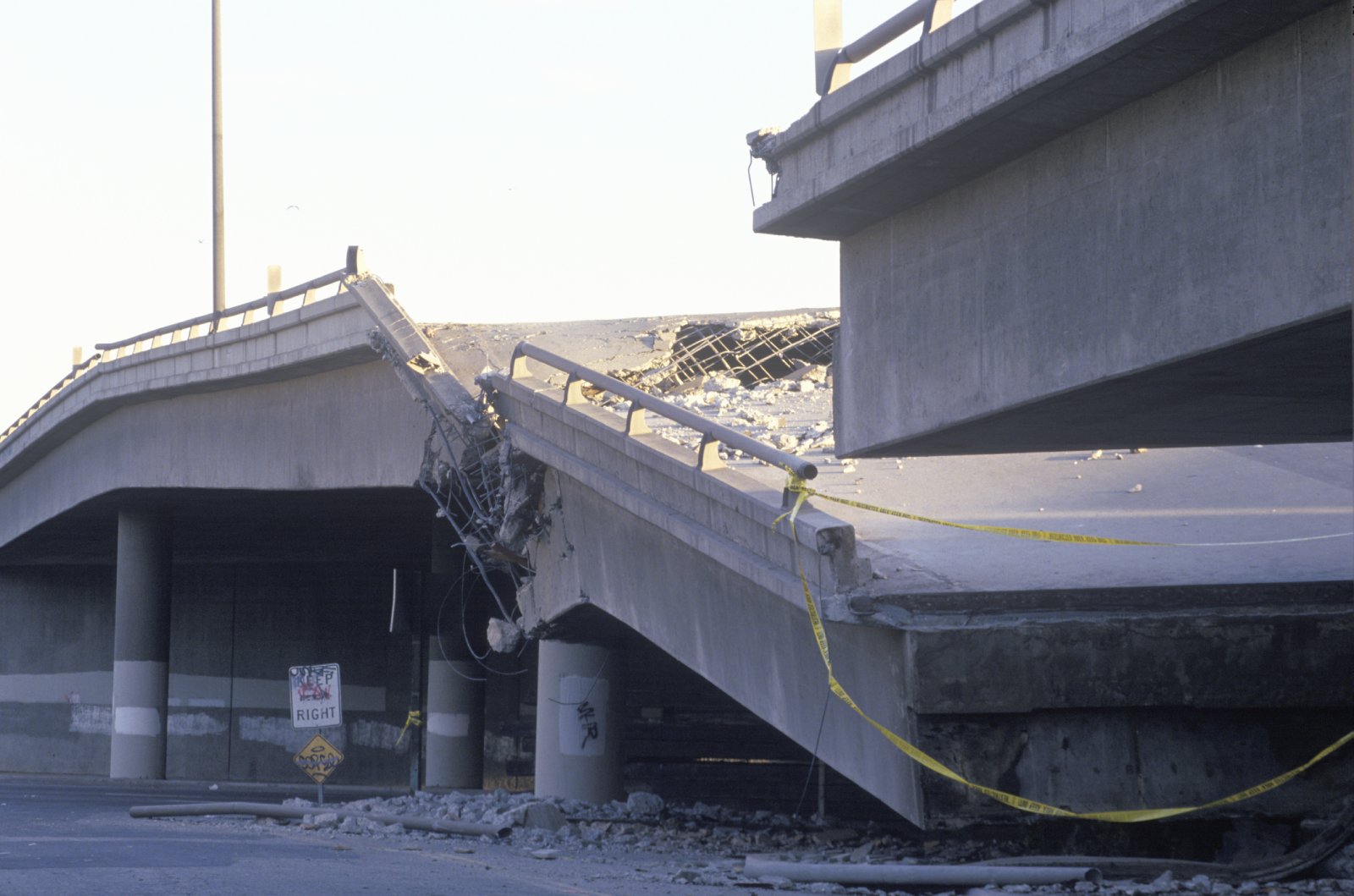
As populations grow, infrastructure maintenance costs soar. The American Society of Civil Engineers estimates that $2.6 trillion is needed to address the nation’s infrastructure needs.. Without significant investment, infrastructure will continue to deteriorate.
20. Strain on Public Transportation
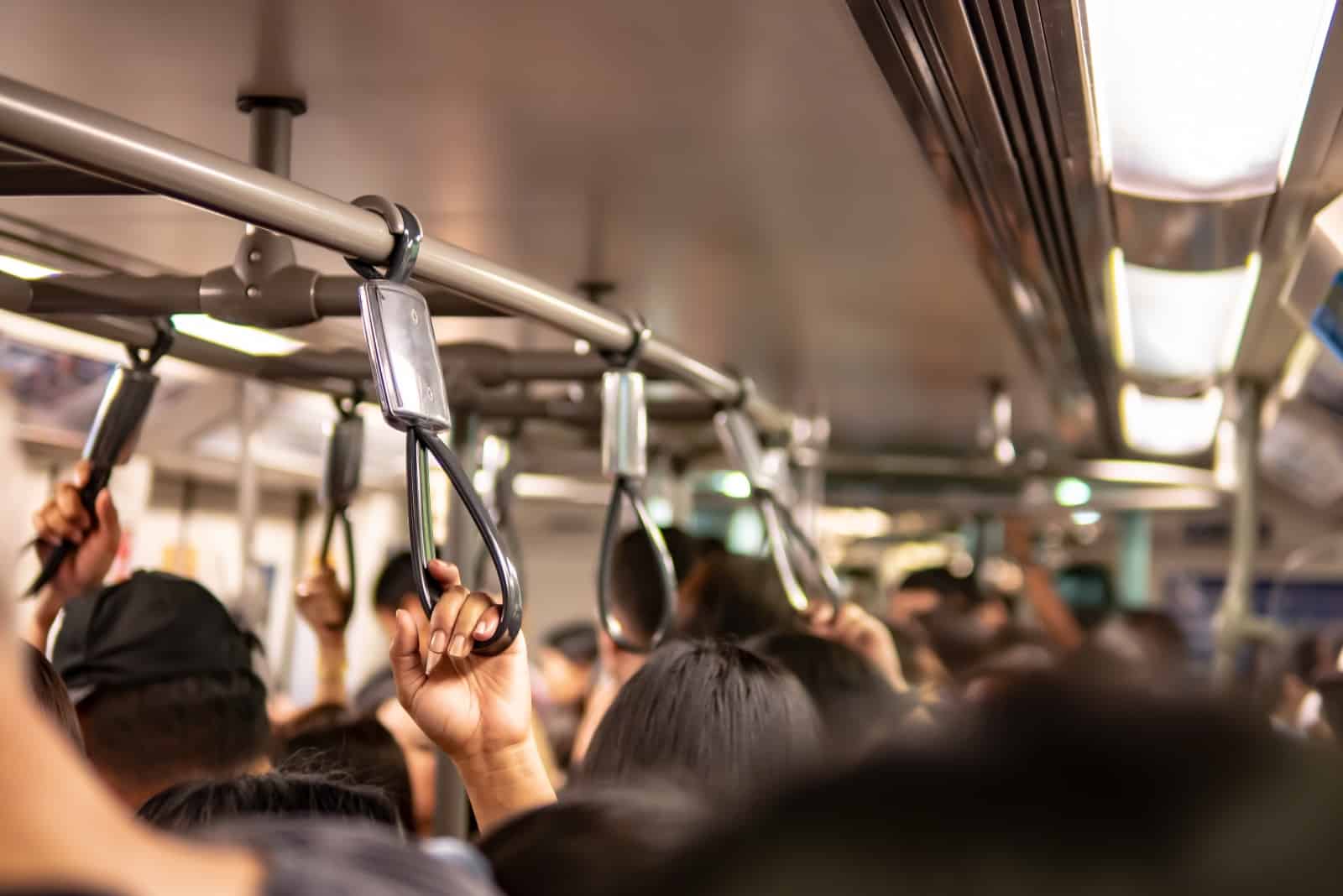
Public transit systems are overwhelmed by rising ridership. Commuter rail and bus systems are running at full capacity, leading to overcrowded vehicles and longer wait times. Increased investment is needed to expand and improve public transit infrastructure.
21. Impact on Rural Areas
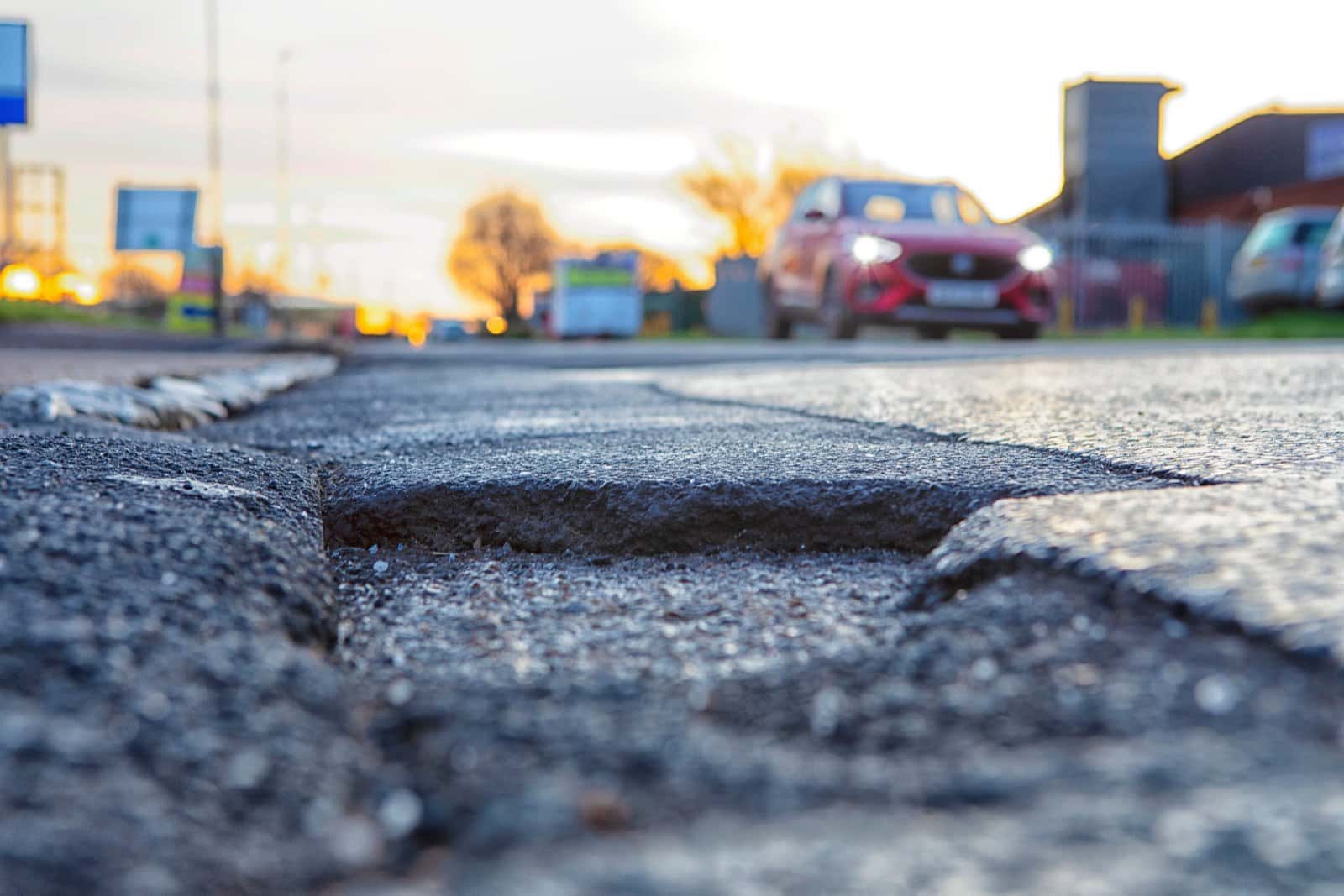
Even rural areas are feeling the effects of population growth. Many small towns are experiencing increased development pressure, leading to changes in local culture and economy. Rural infrastructure often struggles to keep pace with the demands of new residents..
Bigger Isn’t Always Better
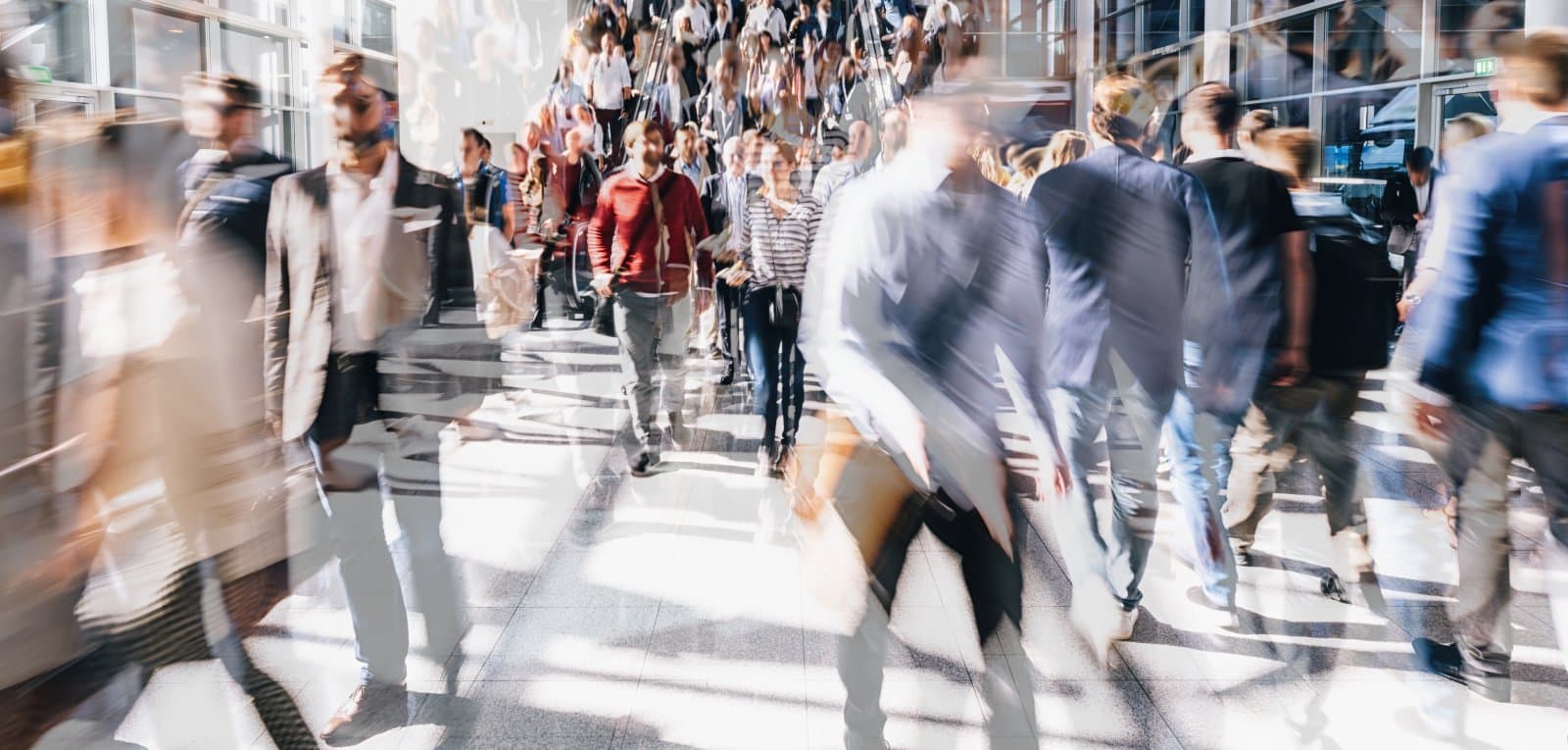
As the population grows, so do the challenges—many of which hit us directly. How are we going to manage these growing pains and ensure that the quality of life doesn’t deteriorate?
21 Beliefs About the Bible That Are Actually False

The Bible is one of the most discussed and debated books in history, yet many common beliefs about it are more myth than fact. How many of these misconceptions have you heard before? 21 Beliefs About the Bible That Are Actually False
21 Subtle Racisms That Are Commonplace in America
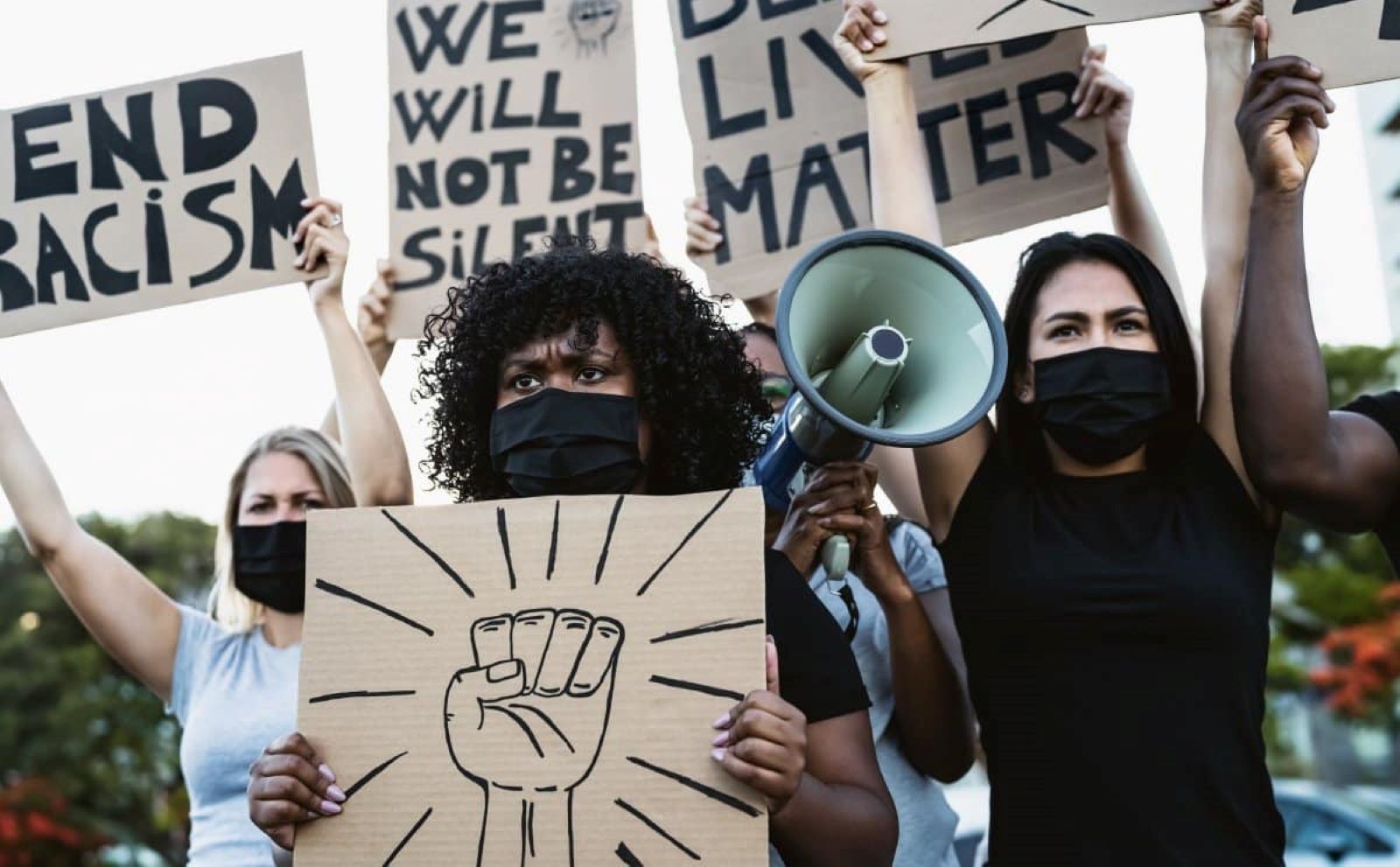
Racism in America isn’t always overt; it often hides in plain sight through subtle actions and attitudes. How many of these subtle racisms have you noticed around you? 21 Subtle Racisms That Are Commonplace in America
Only Legal in America: 21 Things You CAN’T Do in the Rest of the World

The U.S. dances to its own beat, especially when it comes to laws that make the rest of the world do a double-take. Here’s a lineup of things that scream “Only in America,” sticking strictly to what’s written in the law books. Ready for a tour through the American legal landscape that’ll leave you wondering if freedom might just be a bit too free? Only Legal in America: 21 Things You CAN’T Do in the Rest of the World
Featured Image Credit: Shutterstock / oneinchpunch.
For transparency, this content was partly developed with AI assistance and carefully curated by an experienced editor to be informative and ensure accuracy.

